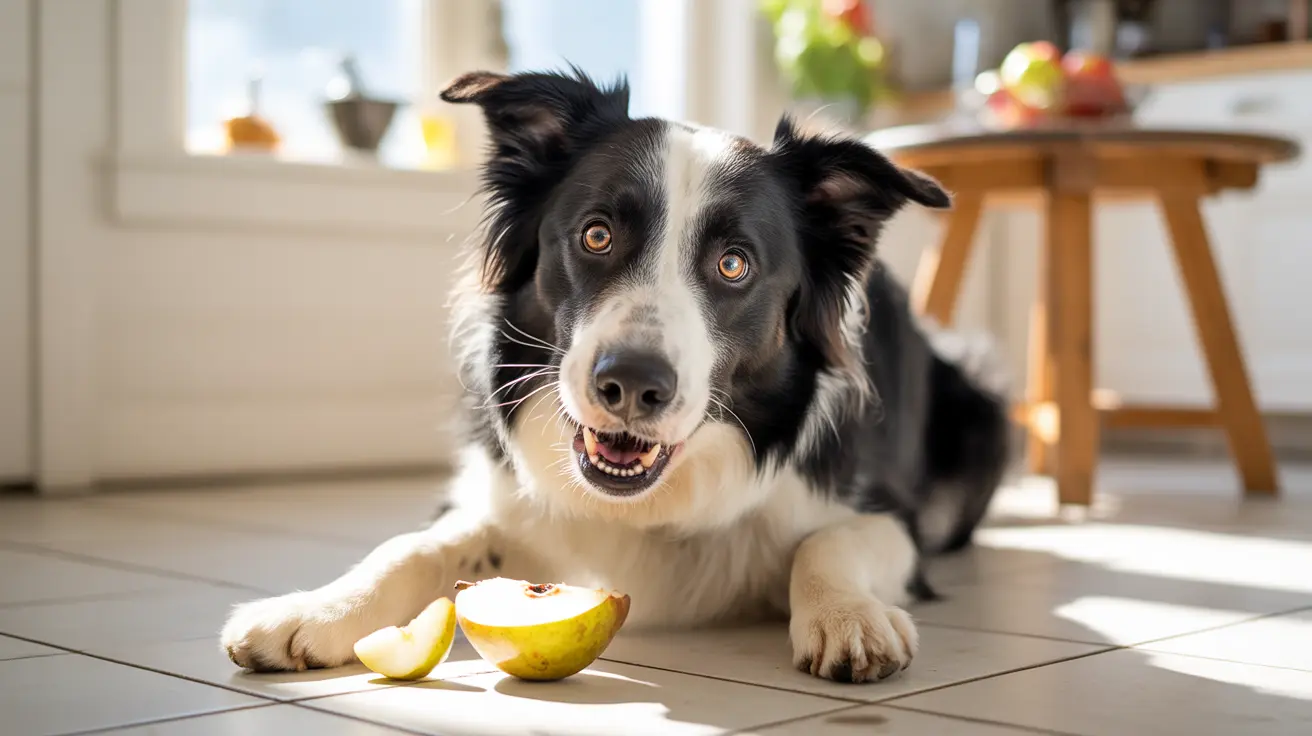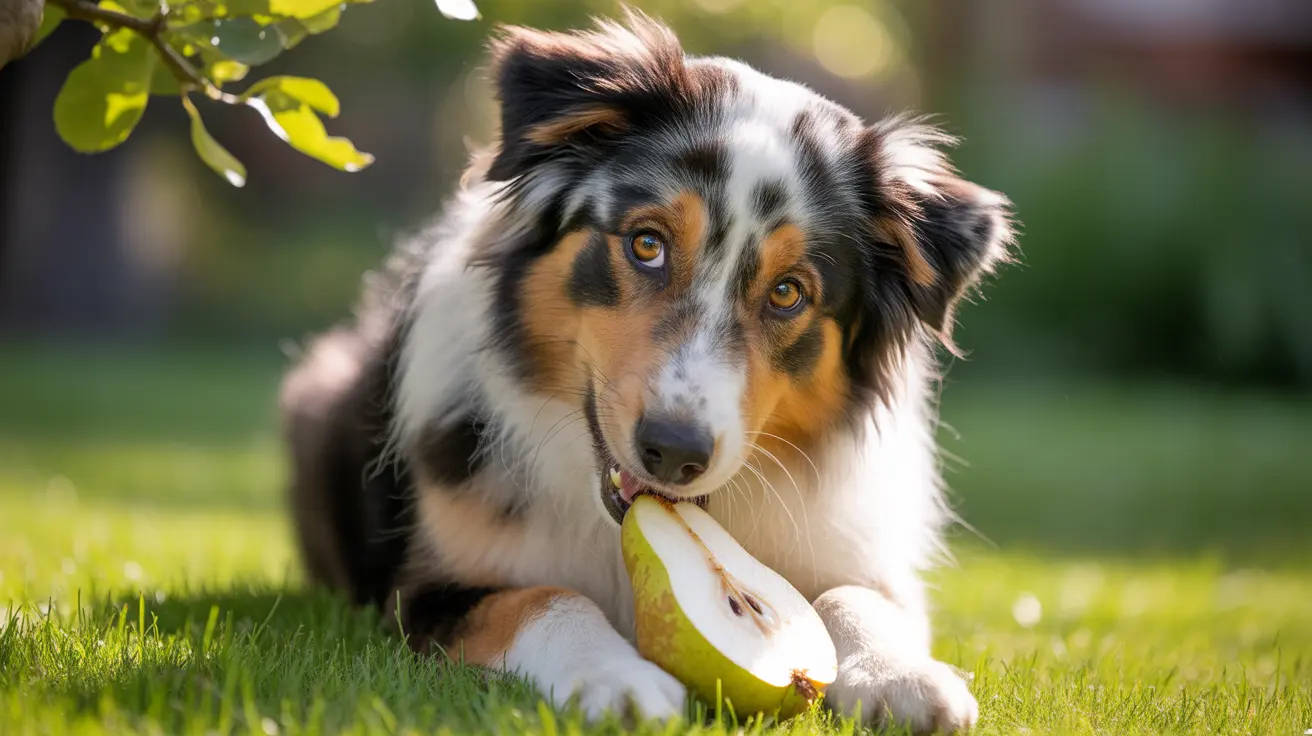Top Vegetables Safe and Healthy for Dogs
Feeding your dog a balanced diet is essential for their overall health, and incorporating vegetables can be a great way to provide additional nutrients, fiber, and variety. But not all vegetables are safe or beneficial for dogs. Understanding which vegetables are best for dogs and how to prepare them properly can help keep your furry friend happy and healthy.
Why Include Vegetables in a Dog's Diet?
Dogs are omnivores and can benefit from a varied diet that includes both animal proteins and plant-based foods. Vegetables:
- Provide essential vitamins and minerals
- Offer dietary fiber that promotes healthy digestion
- Serve as low-calorie treats for weight management
- Add moisture and texture to meals
When added appropriately, vegetables can supplement a commercial or homemade dog diet. However, they should never replace a nutritionally complete dog food unless under veterinary guidance.
Best Vegetables for Dogs
Here are some of the most highly recommended vegetables for dogs, based on digestibility and nutritional value:
- Carrots: Rich in beta-carotene and fiber; low in calories and great for chewing.
- Green Beans: Packed with iron and vitamins C and K; can aid in weight loss due to low calorie content.
- Peas: Contain B vitamins and fiber; suitable when cooked or steamed.
- Broccoli: High in fiber and vitamin C; best served in small amounts to avoid gas.
- Zucchini: Gentle on the stomach and rich in antioxidants; easy to digest when cooked.
- Sweet Potatoes: Excellent source of fiber, potassium, and vitamins A and C; always cook before serving.
- Pumpkin: Known for aiding digestive health; use plain, cooked pumpkin only.
- Spinach: Contains iron and magnesium; feed in moderation due to its oxalate content.
Vegetables to Avoid
Certain vegetables are harmful or toxic to dogs and should be avoided entirely:
- Onions and garlic: Toxic and can cause anemia.
- Grapes and raisins: Highly toxic even in small amounts.
- Mushrooms: Some varieties are poisonous and should not be fed to dogs unless confirmed safe.
- Unripe tomatoes: Contain solanine, which may be harmful.
Proper Preparation of Vegetables for Dogs
To keep your dog safe, follow these preparation tips:
- Wash vegetables thoroughly to remove pesticides.
- Cook (steam, boil, or bake) vegetables to improve digestibility.
- Avoid seasoning, salt, butter, or oil.
- Chop or mash vegetables into bite-sized pieces based on your dog’s size.
- Introduce new vegetables gradually to monitor for any adverse reactions.
Boiled Chicken and Vegetables
Boiled chicken is a commonly used base for bland diets when dogs experience digestive upset. Adding dog-safe vegetables like carrots and green beans can enhance nutritional value and improve palatability. When combining chicken and vegetables:
- Use boneless, skinless chicken—avoid seasoning.
- Boil until thoroughly cooked (165°F/74°C internal temp).
- Serve shredded chicken with plain, cooked vegetables.
- Use appropriate ratios—more rice and limited vegetables if for digestive issues.
Note: A chicken and vegetable diet should not be fed long-term without veterinary approval, as it lacks complete nutrients.
How Often Can Dogs Eat Vegetables?
Vegetables can be given:
- As a healthy treat or reward
- Mixed with their regular food occasionally
- As part of a vet-approved bland or weight-loss diet
Limit servings to small portions—typically not exceeding 10% of a dog's daily intake. Frequent overfeeding of vegetables can cause digestive upset due to excess fiber.
Signs of Adverse Reactions
If your dog experiences vomiting, diarrhea, gas, or skin reactions after eating a vegetable, discontinue use immediately and consult a veterinarian. Always introduce new foods gradually.
Conclusion
Including vegetables like carrots, peas, broccoli, and green beans in your dog’s diet can offer a wealth of nutritional benefits when prepared and served properly. These additions make great treats or supplements to your pet’s meals. Remember, vegetables should enhance—not replace—a well-balanced commercial dog food unless directed by your vet. Prioritize safety, variety, and moderation to keep your dog healthy and thriving.





